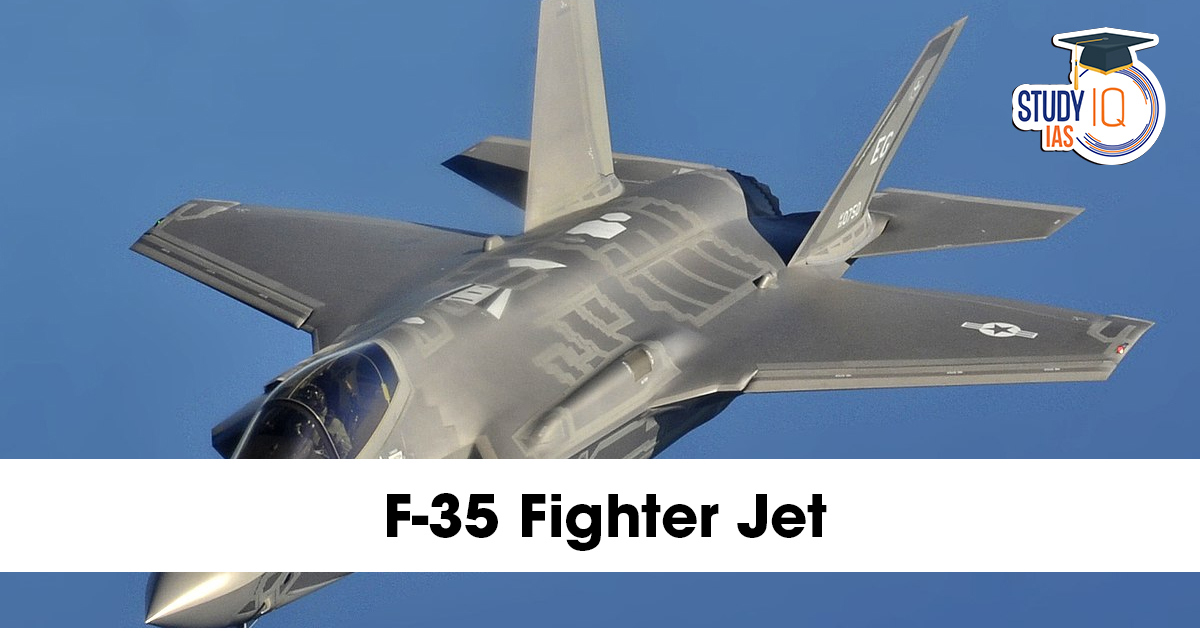Table of Contents
A state-of-the-art British F-35B fighter plane, a valued fifth-generation stealth fighter, has been out of commission at Kerala’s Thiruvananthapuram International Airport since June 14, 2025, after an emergency landing. Though a team of 40 engineers worked hard on-site, the aircraft is still not fit to fly. According to recent news, authorities are now contemplating dismantling and flying the jet back to the United Kingdom.
But how does one disassemble and evacuate an advanced stealth fighter like the F-35B? In this piece, we delve into the intricacies of this unusual mission, past precedents, and the probable procedure the British team might undertake to recover the grounded plane from India.
Background: What Happened in Kerala?
-
On June 14, 2025, a British F-35B fighter jet made an emergency landing due to a technical malfunction.
-
A team of 40 engineers was dispatched to assess and attempt repairs, but after two weeks, the jet remained inoperable.
-
Initially left exposed to Kerala’s heavy monsoon rains, the aircraft was later moved into a hangar under tight CISF security.
-
With no on-site fix possible, the British defense authorities began exploring airlift options.
Why Can’t the Jet Fly Back?
The F-35B is not just any aircraft—it’s a fifth-generation, stealth-enabled, short takeoff and vertical landing (STOVL) fighter jet loaded with cutting-edge avionics and radar-absorbing materials.
Key issues preventing on-site repair:
-
Lack of specialized diagnostic equipment in India
-
Exposure to moisture may have compromised sensitive systems
-
Repairing stealth aircraft requires highly secure facilities
-
Time-sensitive operational and diplomatic constraints
How Is the F-35 Dismantled for Transport?
Step 1: Removing the Wings and Stabilizers
The first and most crucial step in preparing the F-35 for airlift is detaching its wings, tail fins, and horizontal stabilizers. This reduces the aircraft to a compact, streamlined fuselage that can fit inside the cargo hold of the transport plane.
-
Technical Complexity:
Removing the wings of a stealth fighter like the F-35 is not simple. It requires expert technicians familiar with the aircraft’s design to carefully detach components without damaging the sensitive stealth coatings or internal wiring. -
Safety and Preservation:
The components are carefully packed and secured to avoid damage during transit. The fuselage itself is also shielded to protect delicate sensors and avionics.
Step 2: Loading into the C-17 Globemaster III
Once dismantled, the F-35 fuselage and detached components are loaded into the C-17 Globemaster III, a heavy-lift military cargo aircraft capable of carrying up to 77 tonnes of cargo. The aircraft’s large cargo bay and loading ramp facilitate this complex operation.
-
Cargo Arrangement:
The fuselage is rolled inside, and wings and other components are carefully positioned to maximize space and balance weight distribution.
Past Examples of F-35 Dismantling and Transport
This is not the first time an F-35 has been dismantled and transported by air:
-
2019 – USAF Eglin to Hill Air Force Base:
In May 2019, an F-35A had its wings removed and was flown in a C-17 from Florida to Utah to serve as a battle damage trainer. -
2022 – South Korea Belly Landing Incident:
A Republic of Korea Air Force F-35A suffered a belly landing and was damaged beyond combat repair. It was dismantled by removing wings and transported by road for repair and repurposing as a training model.
Why Not Repair on Site?
Despite the presence of a 40-engineer British team in Kerala, on-site repair of the F-35B has not been possible, reportedly due to the nature of the malfunction and the advanced technology involved. Moreover, the aircraft was initially exposed to Kerala’s monsoon conditions, further complicating repairs.
The Role of Kerala and the Global Spotlight
The stranded British fighter jet incident attracted widespread media attention and social media buzz. Kerala Tourism even humorously remarked on the jet’s unexpected long stay with a tweet:
“Kerala, the destination you’ll never want to leave. #F35 #Trivandrum #KeralaTourism.”
Conclusion
The British Royal Navy’s F-35B fighter jet, stuck in Kerala, will likely be dismantled by carefully removing its wings and other components and airlifted back to the UK inside a C-17 Globemaster III transport aircraft. This complex logistical operation highlights the challenges of handling state-of-the-art military hardware in emergencies far from home bases.
As global militaries rely more on advanced stealth jets, such rare occurrences underscore the importance of expert logistics, skilled technical teams, and international cooperation in maintaining and transporting these sophisticated machines.


 World Summit on Disaster Management (WSD...
World Summit on Disaster Management (WSD...
 Domestic Systemically Important Banks (D...
Domestic Systemically Important Banks (D...
 The Missing Link in India’s Critical M...
The Missing Link in India’s Critical M...

























